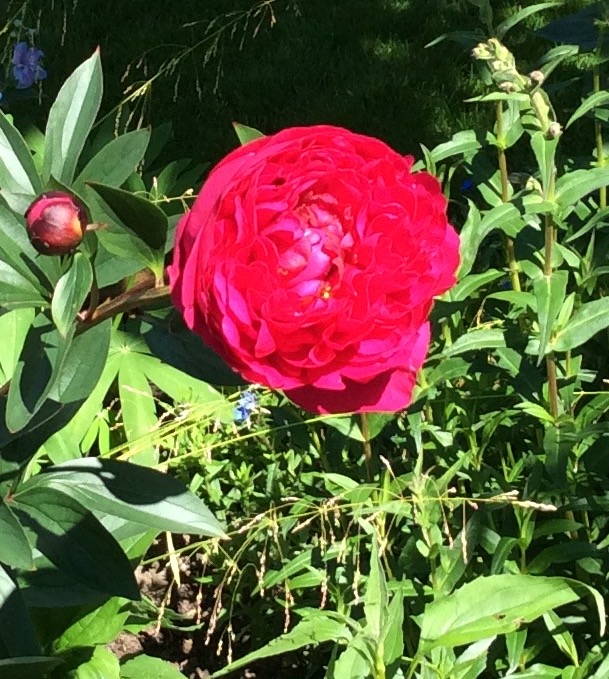When a seasonal heatwave seems to last an uncomfortably long time (especially when we’re not used to it!) it can be difficult to find relief from relentless sun, unusual temperatures and high humidity.

Cue the traditional but exotic lavender plant (of which there are many varieties.) A favourite in many countries lavender is native to the Mediterranean and wasn’t grown in England until the 16th century. Beloved of the ancient Greeks it was known as Nardus after the Syrian city Naarda, close to the banks of the Euphrates. Legend has it that this was the herb St Mark referred to as ‘spikenard’ in the Bible, used for producing aromatic oils for anointing and embalming. Whatever its origins and history lavender is now a delightful staple of English gardens.

In his book RHS Companion to Scented Plants the garden specialist Stephen Lacey writes, ‘Lavenders have one of the most pleasant and nostalgic of herb scents, and on a hot summer’s day it can infuse the air and transport you to dry hillsides of southern Europe.’

The sight of its grey-green foliage and the stunning hues of its flowers – purple, white, deep blue and pale mauve – create a sense of well-being and calm, whether it is used as formal hedges and edging, or as a specimen plant in a tranquil corner of the garden.

And then, there’s the perfume…
Long known for its exquisite scent lavender has been used medicinally, cosmetically and in cooking. Lavender water is one of those traditional remedies that no home would dream of being without. Dabbed on the forehead it can bring relief from headaches and stress; it promotes a feeling of calm, tranquility and well-being. Lavender tea has a calming effect and a few drops of lavender oil added to a night-time bath or onto a pillow helps promote relaxation and sleep.

In days past, young girls in needlework classes would often find that one of their early projects would be sewing a simple lavender sachet and filling it with dried lavender flowers from their gardens. This simple skill has become an art form; ‘children of any age’ now design interesting and imaginative lavender bags, or blend pot pourri for scenting rooms, drawers and cupboards – an ancient craft far more subtle and evocative than many artificial proprietary sprays and air-fresheners.

Lavender-scented sugar used to be made by pounding lavender flowers with three times their weight of sugar. Cooking with lavender fell out of favour for a while but it now enjoys renewed popularity and recipes for cakes, biscuits, desserts – even roasts such as lamb – are now widely available.

So next time you’re feeling the heat rub a sprig of lavender between your fingers and enjoy the instant cooling balm and relief it brings. Not for nothing did the street sellers of London cry:
Here’s your sweet Lavender, sixteen sprigs a penny, Which you’ll find, my ladies, will smell sweet as any.









